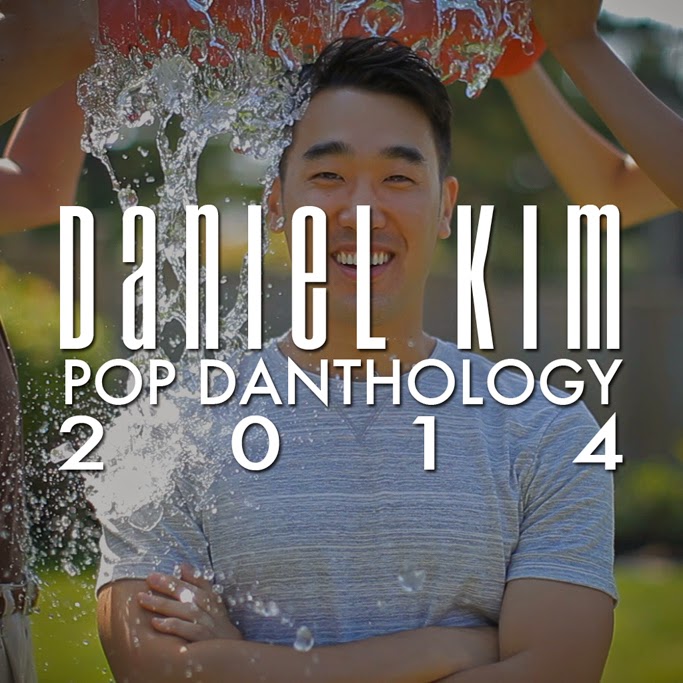One of my favorite examples of remix for some time now has been the remixing of popular songs to create a mashup of the songs. Particularly, I have been watching YouTuber Daniel Kim’s “Pop Danthology” videos since the first one was created in 2010. Kim mixed between 50-90 pop songs that became popular in a particular year, using the beats of some songs and the vocals of others to compose one new seamless song. For example, in the 2014 anthology, Kim’s last full “Pop Danthology” YouTube video, Kim mixed vocals and beats from songs by artists such as Ariana Grande, Beyonce, Ed Sheeran, Jason Derulo, Katy Perry, and Taylor Swift, among many other pop artists, to showcase the most popular new songs of 2014. Kim transforms these songs by speeding up or slowing down the tempo and changing the pitch on the vocals to make one song flow seamlessly into another, creating something very pleasing to listen to.
In 2015, Kim announced that he could no longer create and share these videos on YouTube in the same way he used to. He shared parts one and two of his 2015 anthology in separate videos, stating that, “As an artist, I want to put my best material out there in all its fullness. But I had to make a few sacrifices just on YouTube to work around copyright issues” (Kim). He uploaded the full version on his website. By 2016, Kim announced that he was stopping the series entirely due to the increased risk of copyright infringement, as his original 2010 and 2012 mashups had already been removed from YouTube due to infringement. He said: “I have one strike on my YouTube channel and two strikes on my SoundCloud. There’s just no safe place to upload mashups anymore” (Simpson).
This is a perfect example of Lawrence Lessig’s argument in the introduction of Remix. Lessig gives examples such as this where creator’s rights are taken away due to copyright infringement. He says, “The extreme of regulation that copyright law has become makes it difficult, and sometimes impossible, for a wide range of creativity that any free society—if it thought about it for just a second—would allow to exist, legally” (18). Kim’s videos are a beautiful example of remix culture and new art that can be created through old art. Like Lessig states, copyright law causes “harm to a generation from rendering criminal what comes naturally to them” (18) such as Kim’s videos.
Remix equips us as media and content producers “to enter and participate in political exchanges…, as a method of making arguments, solving problems, and effecting social change…, as a way to participate in communities…, as a research and conceptual method…, and as a theoretical frame to view culture, authorship, and intellectual property” (Edwards 42). It allows us to explore our creativity and connect ourselves to our culture at large. I just hope someday that people such as Kim will be allowed to express this creativity without the extremities of copyright law that prohibit this free expression and the reiteration of ideas that comes so naturally to us.
Word Count: 515
Works Cited:
Edwards, Dustin W. “Framing Remix Rhetorically: Toward a Typology of Transformative Work.” Computers and Composition 39 (2016): 41-54. 24 Dec. 2015. Web. 24 Feb. 2018.
Kim, Daniel. “Pop Danthology 2015 – Part 1 (YouTube Edit).” YouTube comment. 10 Nov. 2015. Web. 24 Feb. 2018.
Lessig, Lawrence. “Introduction.” Remix: Making Art and Commerce Thrive in the Hybrid Economy, 1-19. Web. 24 Feb. 2018.
Simpson, Campbell. “2016’s Best Pop Music Mashup Is Not Going to Happen.” 23 Nov. 2016. Web. 24 Feb. 2018.
